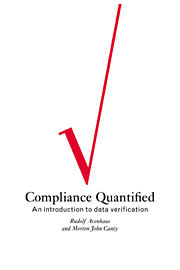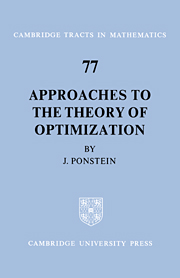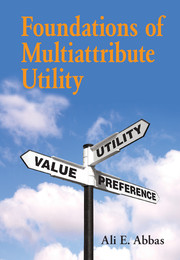Compliance Quantified
International agreements, such as those governing arms control and the environment, virtually always require some degree of verification so that compliance can be established. To ensure that the verification process is regarded as efficient, effective and impartial, it is important to model it mathematically. One such model can be derived by applying methods from statistics and the theory of noncooperative games, developed in part by John Nash, who received a Nobel Prize in 1994 for his work. The methods permit the development of rational verification strategies, as well as such fundamental concepts as guaranteed probability of detection, timeliness of inspections and the deterrence of illegal activity. Here, the authors introduce the required theory gradually, in the context of specific, real-world examples. The only prerequisites are simple calculus and statistics. The book will be accessible to a broad range of scientists and nonscientists, in industrial, academic and governmental environments.
Reviews & endorsements
"This is a well written, thorough and unique book, discussing some statistical aspects of verifying compliance with arms control treaties....The approach has a very strong game-theoretic element....I would recommend the book for use either as a reference or as a training aid for those working on compliance activities, either in arms control or in environmental monitoring." Mayrice C. Bryson, The Journal of the American Statistical Association
Product details
September 2005Paperback
9780521019194
272 pages
234 × 156 × 14 mm
0.386kg
Available
Table of Contents
- Preface
- Foreword
- 1. A theory of verification
- 2. Attributes sampling
- 3. Variables sampling
- 4. Stratified variables sampling
- 5. Interim inspection
- 6. Global sampling
- 7. Material accountancy
- 8. Accountancy verification
- 9. Inspector leadership
- Appendix
- Bibliography.






